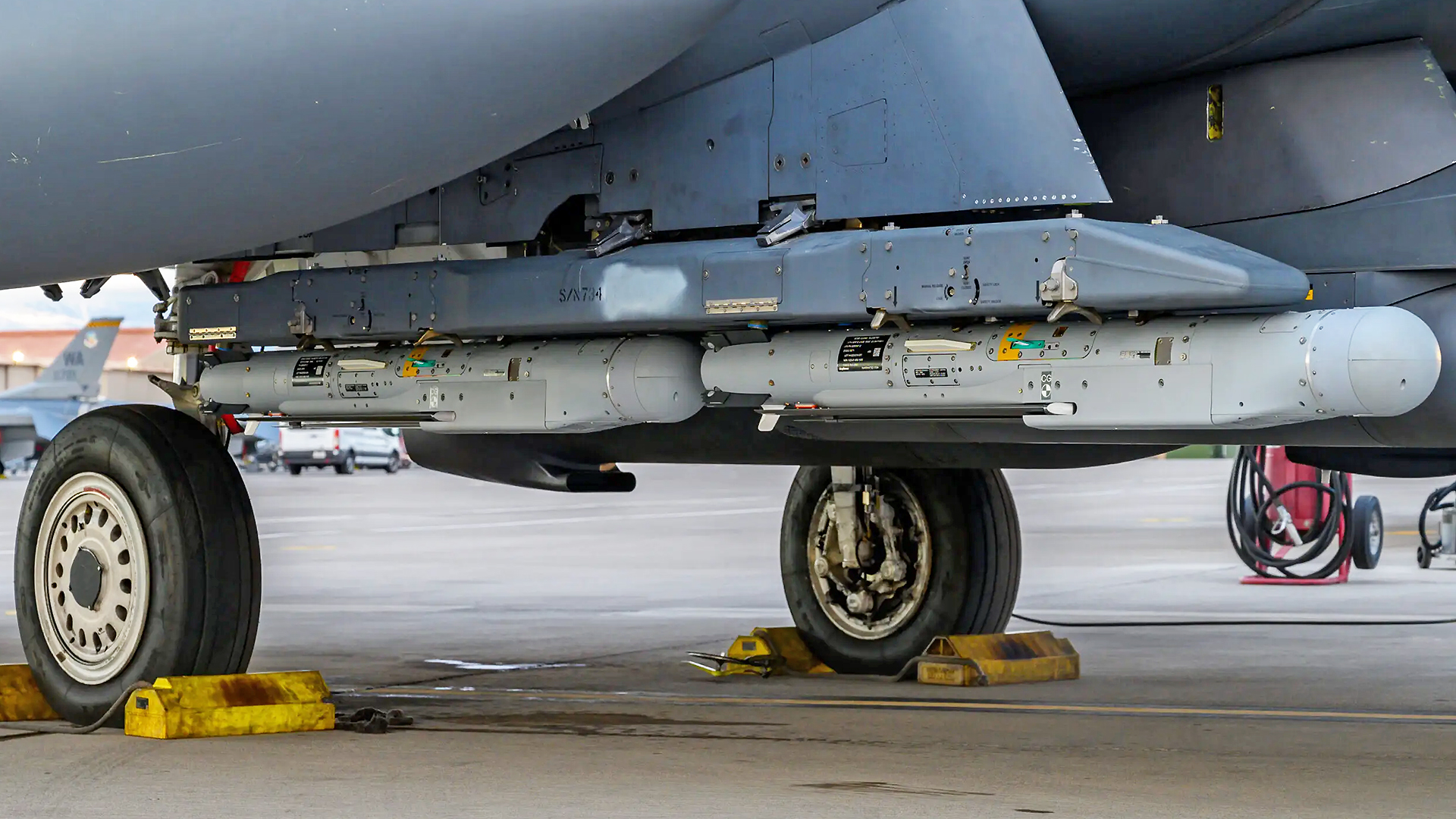
Air dominance is no longer purely about air-to-air missiles for gaining control of the air, according to U.S. defense integrator Raytheon Missiles and Defense. Today, it’s far more wide-ranging and extends into several mission areas. “The air dominance concept as a whole has shifted and evolved,” explains Steve Milano, Raytheon Missiles and Defense’s Requirements and Capabilities Lead for Air Power Mission Areas. “In the past it was viewed purely in the air-to-air realm, but sustaining that capability and actually providing air dominance as a means to accomplish objectives in all domains requires multiple elements of an integrated defense system of systems.”
Milano says air-to-air and air-to-ground are both critical elements in establishing and maintaining air dominance. He also references the need to be able to gather and interpret critical data, with weapons actually feeding information back into a decision-making process to help maintain the high ground. “Our AIM-120 Advanced Medium-Range Air-to-Air Missile, or AMRAAM, brings a revolutionary capability through a legacy system that has evolved through an iteration of both hardware and software enhancements to provide new capabilities, keeping this combat-proven weapon viable in the current and future fights. Our associated programs such as the GBU-53/B StormBreaker smart weapon and the Joint Strike Missile provide an enduring land and maritime strike capability that combine to present a total air dominance package,” says Milano.

AMRAAM sits at the centerpiece of this trio of smart air dominance weapons, with its enviable reputation as the world’s premier air-to-air missile, used by the U.S. and 42 nations. With more than 5,000 test shots to its name, and more than a dozen air-to-air victories, AMRAAM is a combat-proven weapon. Its first combat “kill” came in December 1992 when the then Capt Gary “Nordo” North downed an Iraqi MiG-25 “Foxbat,” and in doing so also notched up the first air-to-air victory for a U.S.-operated F-16.
“Right now is a really exciting time for AMRAAM,” says Milano. “The latest AMRAAM contract award is for Lot 36 production, which is valued at $972 million and supports 19 international partners as well as the U.S. In addition, we are building even more advanced capability into the weapon utilizing the F3R hardware and SIP-3F software enhancements, which are designed to ensure AMRAAM supports air dominance for the U.S. and its allies well into the future.”
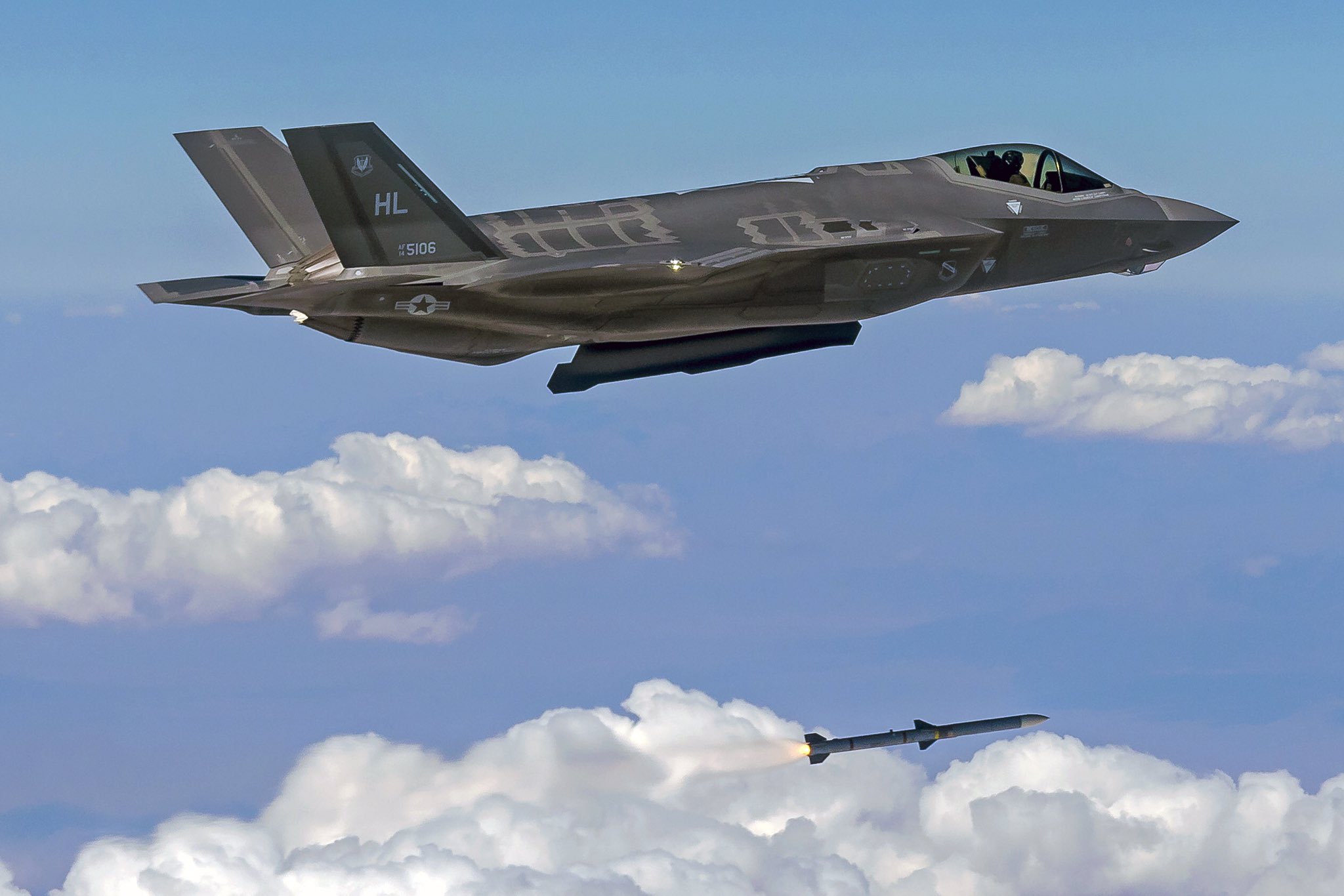
“We have continuously upgraded AMRAAM over the years to maximize flexibility and lethality, including the addition of advanced active guidance and a mature seeker system. The AMRAAM program is now fielding F3R and SIP-3F capability in the D3 and C8 variants of the missile, which will maintain resilience and mitigate against obsolescence, while also increasing its ability to meet advanced real-world threats as they evolve.”
This latest upgrade work can be broken down into two aforementioned main elements. F3R is a hardware improvement, which is supported by new SIP-3F software. Milano says F3R started out as an obsolescence mitigation activity to extend AMRAAM’s resilience by leveraging modern architecture and designs through the use of model-based systems engineering. The new software then takes advantage of the updated hardware configuration. “F3R provides a huge increase in potential capability with a lot of margin within the hardware infrastructure,” says Milano.
“The combination of F3R and SIP-3F is truly an evolution in capability. F3R gives AMRAAM increased processing power and increased range. A key design parameter is the F3R program doesn’t change the outer mold line of the weapon, enabling continued integration on the F/A-18E/F Super Hornet, F-15E Strike Eagle, and 5th Generation fighters like the F-35 Joint Strike Fighter [JSF] and F-22 Raptor. Maintaining the form factor enables the weapon to maintain its position in the aircraft’s internal weapons bays, so the fighter can protect its low observable capability. AMRAAM is the only radar-guided missile cleared to fly on the F-35.”
“The SIP-3F software upgrades mean we can open the aperture of the weapon system a little bit within the new hardware architecture. SIP-4 will be the next iteration, and this will expand the potential envelope – what are the limits we can push it to? I like to explain it as a capability fan. In order to field something today, I need to be able to do something that’s a little bit more narrow, and that’s SIP-3F. Then the software allows us to expand that fan out to exploit the capability of the new hardware configuration. SIP-4 is going to be that evolution, taking full advantage of the F3R configuration.”
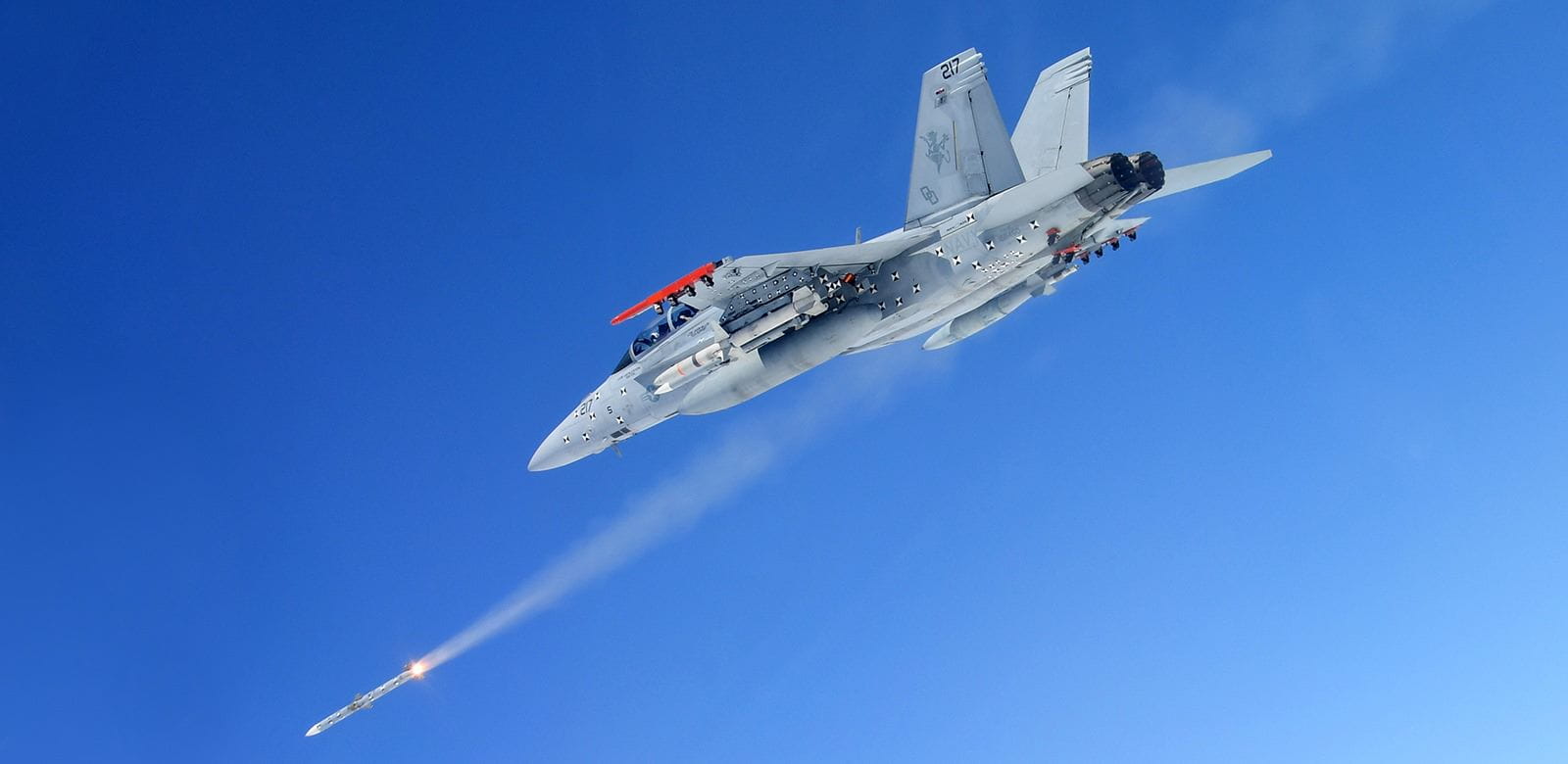
Raytheon recently launched the first F3R AMRAAM from the Super Hornet as one of two completed tests to prove out F3R, paving the way for both the D3 and C8 variants of the missile to be fielded. “Additionally, we performed an extended range of flight firing from a Strike Eagle. This tested the longest range capability of AMRAAM today. We removed restrictions and performed the test in order to see how far the missile could fly. This was about evaluating how far we can extend existing capability just by leveraging software – how can we dial that up to see what we can get out of the weapon?”
AMRAAM can also be surface-launched as part of the National Advanced Surface-to-Air Missile System, known as NASAMS. “AMRAAM improvements can also be applied to NASAMS,” explains Milano, “which recently proved capability using the extended range AMRAAM-ER surface-to-air missile , with successful flight tests over the past year and a Functional Configuration Audit now completed. This capability is now under production and on track for first deliveries this year to an international customer.” NASAMS’ family of weapons also includes Raytheon’s infra-red-guided AIM-9X Sidewinder missile.
The GBU-53/B StormBreaker smart weapon is a new addition to Raytheon’s air dominance portfolio. Previously known as Small Diameter Bomb II, StormBreaker is manufactured in Tucson, Arizona, and is a highly-complex precision air-to-ground glide munition. The StormBreaker is designed to go after targets at stand-off ranges utilizing its tri-mode seeker, multi-effects warhead and weapons data link for two-way communication, which increases lethality and operational effectiveness and flexibility against an array of potential target sets even at standoff ranges. Moving targets at those ranges are also not a problem for Stormbreaker.
StormBreaker is emerging out of a long initial development and early production phase and into platform integration and fielding. The U.S. Air Force announced Initial Operating Capability (IOC) with the StormBreaker on the Strike Eagle in September 2022 as a follow-on to a fielding memorandum signed in 2020 that enabled all USAF Strike Eagle wings to train with the weapon. “We are leaning forward into IOC and Early Operational Capability [EOC] across many platforms including the Strike Eagle, the F-35, and the Super Hornet,” Milano confirmed.
Operational testing of StormBreaker on the Super Hornet continues, with the next big step being to declare IOC on the aircraft, and Milano says the U.S. Navy is working closely with Raytheon to get this capability out to the fleet. “Similarly, with the Marine Corps, we declared an early operational capability on the F-35B, and we are looking forward to the F-35A and F-35C variants to follow after that, as well as full capability on that platform.”
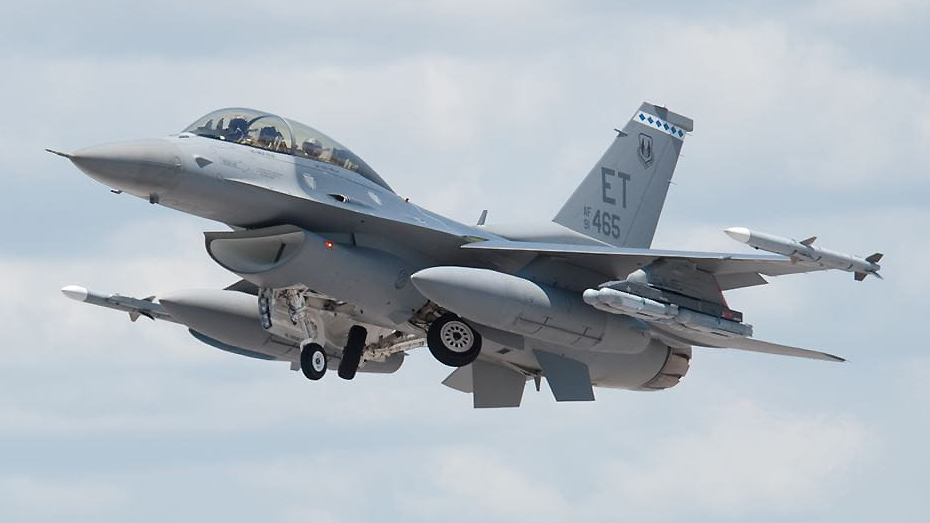
“I like to think of StormBreaker as the ultimate air dominance weapon – the vision, the decision, and the precision – the ability to see a threat, decide what you need to do about that threat, and then be able to actually engage it. From a hardware and software perspective within StormBreaker we have the tri-mode seeker up front, that’s the vision. I’ve got a millimeter-wave radar, an imaging infrared camera and a semi-active laser on the front end that’s giving me all of this information, that’s the eyes of the system. Then I get to that decision factor. I’m taking all of that input and adding GPS and the inertial navigation system [INS] to know exactly where I am in the world. Add to that the off-board decision-making process of the aircrew or a ground-controller to communicate with the weapon over its data link and provide even more information.”
“Through its time of flight the weapon is thinking, it’s taking in all of the information and making a decision about what target to strike or what it might need to avoid. It’s able to identify keep-out zones, and from its sight picture it can evaluate exactly what it is trying to accomplish with its mission set.” StormBreaker is able to identify and engage a wide array of targets including vessels, moving land objects such as tanks and vehicles, as well as stationary targets, like missile sites and buildings.
“The precision to engage a target is one thing, but once the weapon gets there it’s the lethality that actually makes the weapon close that kill web,” says Milano. “What enables this is a multi-effects warhead. When a StormBreaker hits its target it uses three modes within the warhead; a blast, a fragmentation, and shaped charge – it’s bringing that to every target, every time. So, you’ve got supreme lethality against an array of targets.”
After a StormBreaker is released from the host aircraft, control can be passed to an offboard aircrew, or to a ground controller, to take ownership of the weapon and guide it in. They are able to communicate with the StormBreaker via the weapon’s data link to relay in-flight target updates, and meanwhile StormBreaker is able to reciprocate by providing in-flight updates back to the controller.
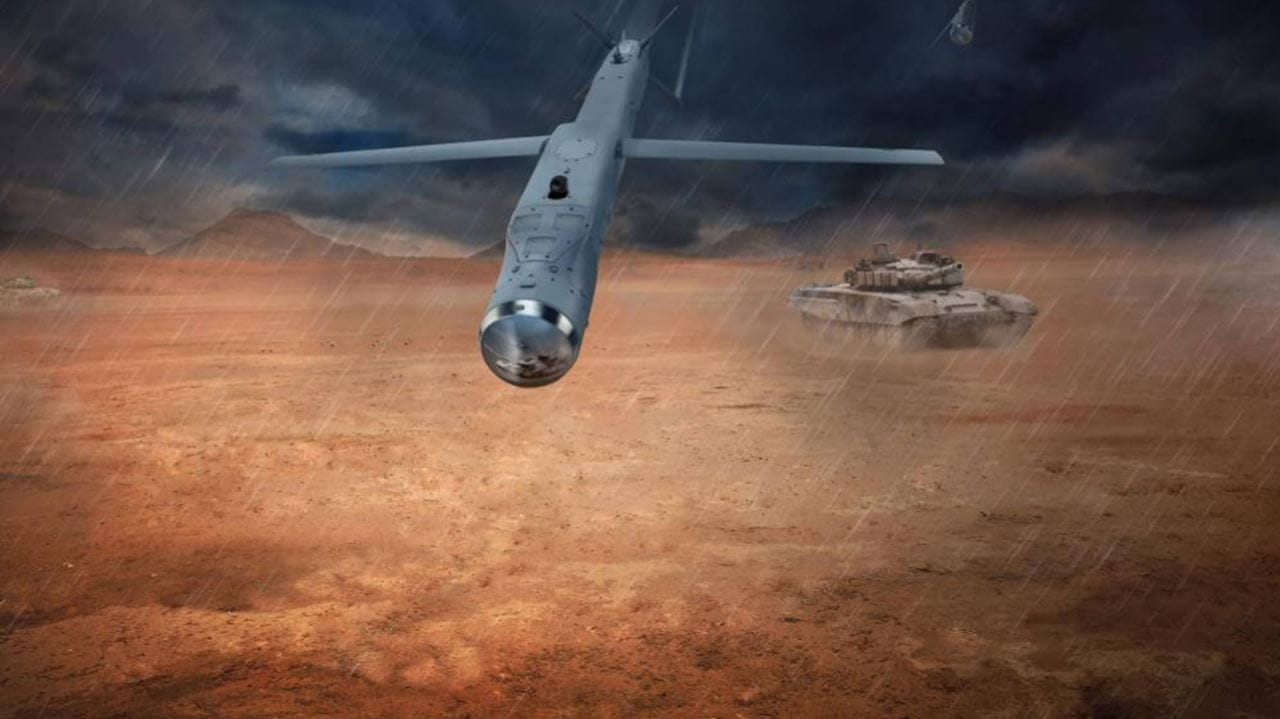
“We’ve performed well over 125 physical live StormBreaker firings from the Strike Eagle, which as anyone who knows about test profiles for a weapon will appreciate is a significant number of shots. In coordination with the USAF and the Navy, we’ve actually been really successful in taking test data and blending it with our digital infrastructure to understand how we take a single task and turn that into data to magnify the learning from every single test shot. For example, we may need to understand how the weapon is going to react in 100 different scenarios. That’s really costly if we are going to physically test each one of those individually. So bringing in our digital architecture allows us to drive down the cost to the customer and maximize their investment in order to safely field the weapon.”
The StormBreaker program has already delivered over 2,500 all-up rounds in production Lots 1-5; which were awarded as part of the Engineering and Manufacturing Development (EMD) contract, as well as pre-planned production lots awarded to Raytheon as part of the initial competition. Those are all built and delivered now. Milano says the company is now into Lot 6 production and on contract for Lots 7 and 8 with a combined value of $340m.
Having completed much of the initial work for the domestic customer, the production ramp-up means Raytheon can now look to the international market and wider overall demand for StormBreaker. “To date we’ve tempered the international market with readiness, because we wanted to ensure we provide the capability to the U.S. warfighter for their initial requirement. Now that F-35s are being fielded to our allies and NATO partners, there’s increased interest in StormBreaker. So as the new production lots ramp up and we build capacity, we can start to address that partner requirement.”
Raytheon’s vision for StormBreaker is as a universal air-to-ground weapon for the U.S. and its partners. ”StormBreaker is designed to partner very well with the F-35 – where the F-35 goes on the international market the anticipation is that the StormBreaker smart weapon will follow. Its miniature footprint is designed to increase loadout on the F-35 – therefore as demand for F-35 increases, as does demand for the StormBreaker.”
Completing Raytheon Missiles and Defense’s air dominance portfolio is the Joint Strike Missile (JSM), which is being run as a joint partnership with Kongsberg Defense of Norway to provide an air-launched cruise missile that can meet Offensive Anti-Surface Warfare (OASuW) strike requirements and strike against land targets at stand-off ranges in complex, contested environments. JSM is an evolution of the Naval Strike Missile, which the U.S. Navy and U.S. Marine Corps have acquired, and is a fully net-enabled evolution that can be air-launched and operate in GPS-denied environments.
“Our partnership with Kongsberg is designed to provide increased production volume and capacity for this weapon,” explains Milano, “It also serves as a channel into the USAF and U.S. Navy for the JSM. We are preparing for a USAF production program for JSM starting in Fiscal Year 2024, with deliveries expected in the FY2026-2030 timeframe.”
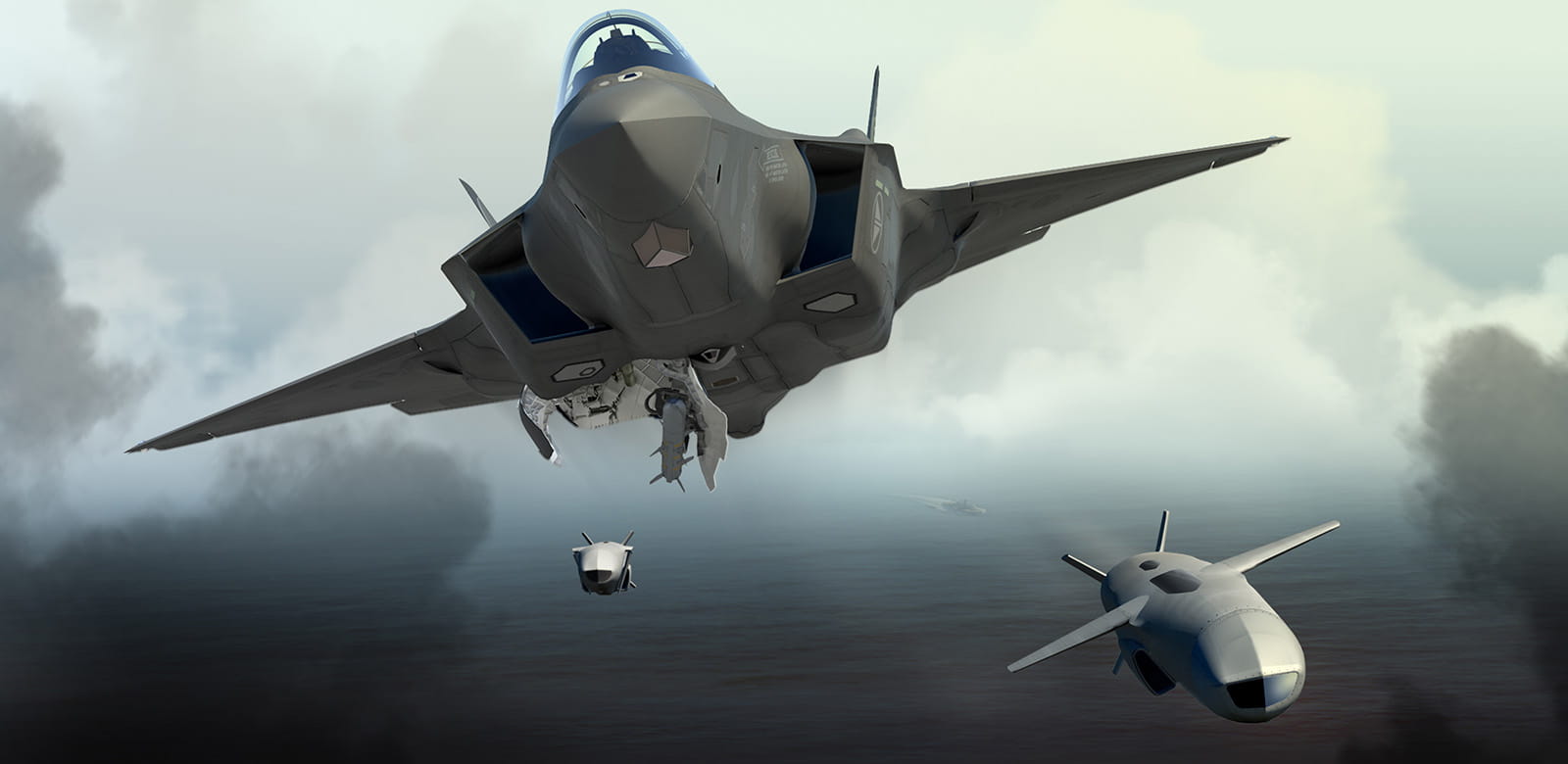
While there are existing air-launched weapons that can service long-range targets in contested environments, Milano points to the fact that these are extremely costly, plus they’re carried externally on the host aircraft, which causes problems for a low observable platform such as the F-35. JSM has been purposely designed for the F-35 to be carried internally and provide long-range accuracy and lethality without compromising the location of the F-35, or other stealthy aircraft, launch platform.
JSM uses an imaging infrared sensor as well as passive radio frequency technology to locate targets. The weapon has a low-observable design, and its front-end seeker is on a gimballed head. This is critical to the weapon’s survivability and its ability to fly low and maneuver at sea-skimming height. JSM can also pack a big punch despite its relatively small size, thanks to a 500lb class warhead.
“JSM’s extreme precision, adaptable aimpoint, and fuzing selection allows it to strike exactly where you want it to hit,” says Milano. “This selective fuzing means JSM can accurately hit specific compartments for example, allowing the user to pinpoint the weapon into a place that is most effectively going to produce the lethality and effects to achieve the mission.” This is especially important when attacking ships, but this level of standoff precision can also be key to taking out enemy air defenses and other critical targets on land.
JSM completed a Development Flight Test program that was conducted using U.S. F-16s. It has also been assessed for carriage on F-15E Strike Eagles, F/A-18E/F Super Hornets, and other platforms. Although these are potential platforms for the missile, Milano says they are not the primary host aircraft for JSM. The Royal Norwegian Air Force has a contract with the F-35 Joint Program Office (JPO) to integrate JSM onto the F-35, and is on track to complete this in 2024 as the initial customer to field the Joint Strike Missile.
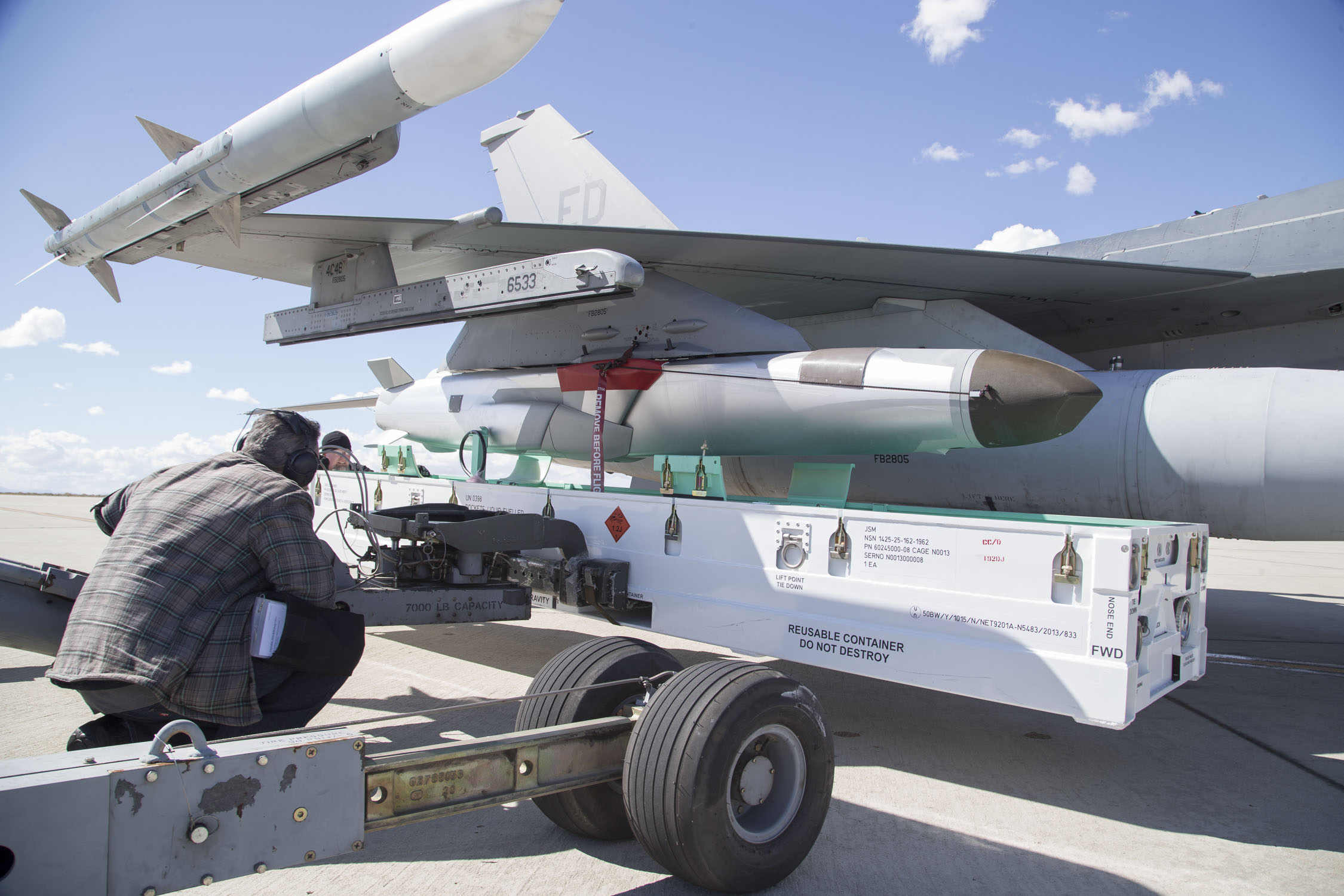
Kongsberg is already producing JSMs at its facilities in Norway and Raytheon is establishing its ability to produce the JSM in the U.S.. Both Norway and Japan are already production customers for JSM, with operational inventory deliveries beginning in 2024. The USAF and several other F-35 partners and international customers will start taking deliveries in the next few years. “Raytheon’s relationship with Kongsberg opens the door to market JSM to the U.S. warfighter to provide a rapid capability to support strategic deterrence in the Pacific theater, as well as to potential Foreign Military Sales (FMS) customers worldwide in a partnership designed to service the global need.”
Raytheon Missiles and Defense is focused on the needs of fighter aircraft, and their increasingly diverse and challenging mission sets. The new modifications to AMRAAM bring cutting-edge, future-proofed additions that build on the most proven beyond-visual-range missile on earth. Meanwhile, StormBreaker and the Joint Strike Missile are brand new weapons that are among the most flexible of any air-to-ground smart weapon ever created.
These three weapons combined make up more than the sum of their parts and they are what Raytheon sees as being critical in establishing and sustaining air dominance in a highly-contested future fight. What’s more, they are not concepts. They are being flown today, which means they could impact the outcome of a future conflict tomorrow.
